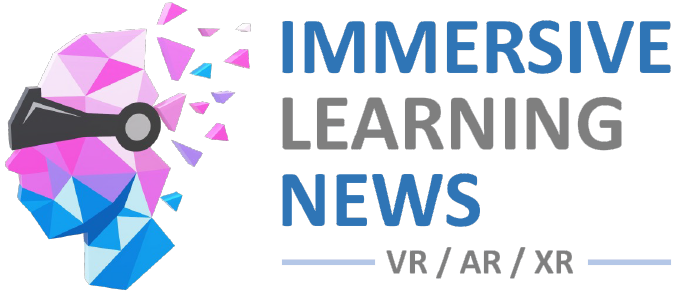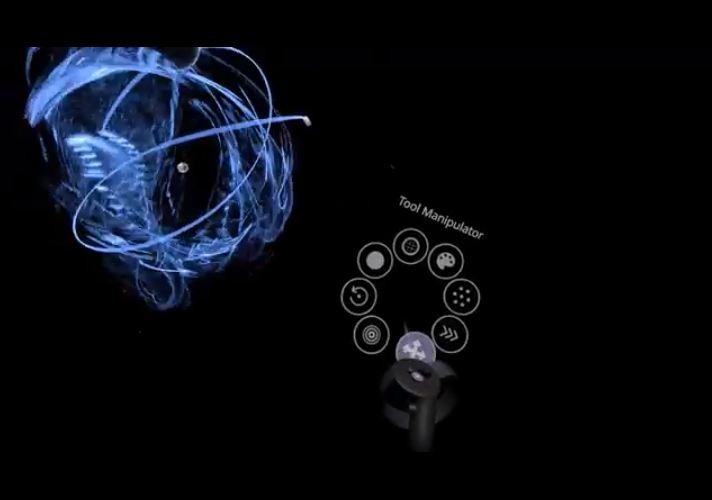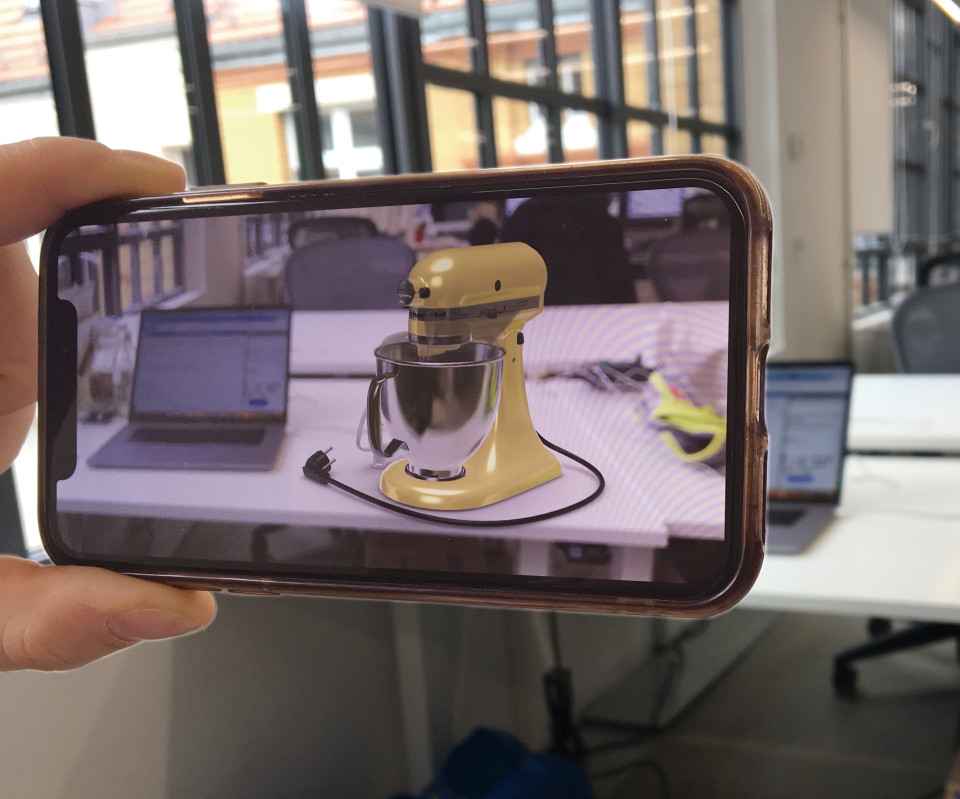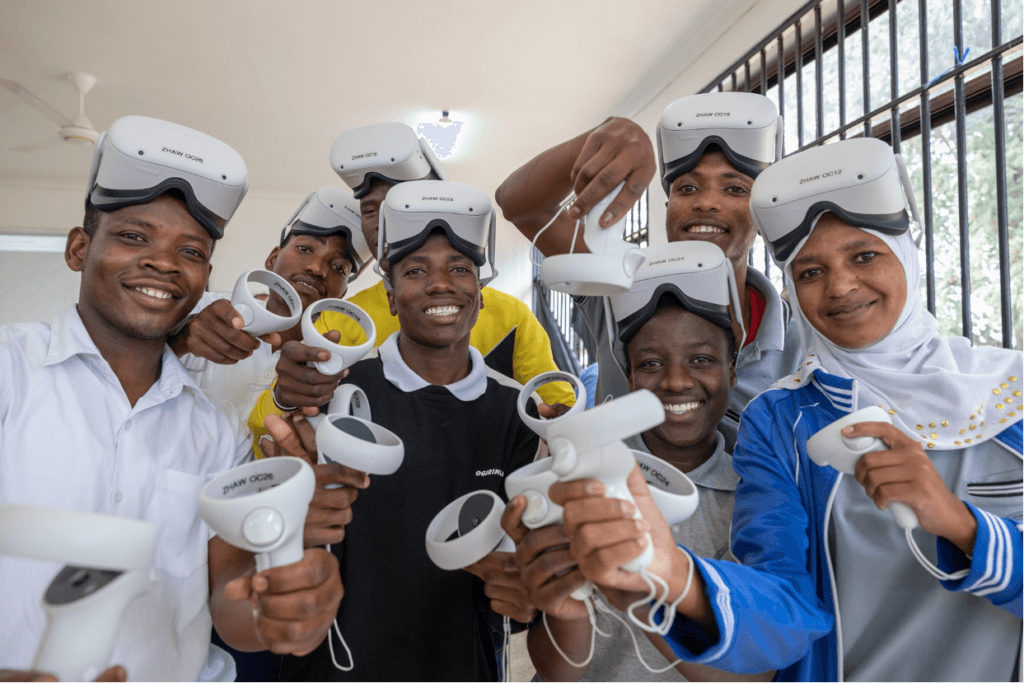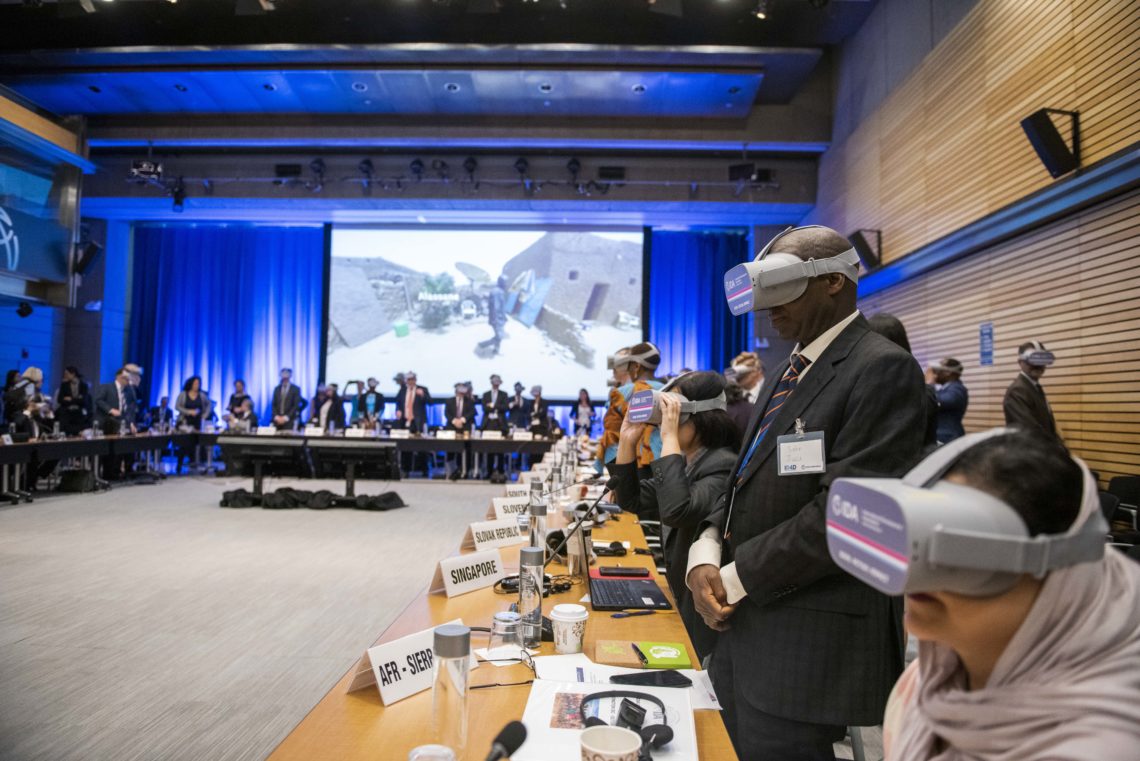Physics can usually be explained by mathematics and science with equations. But that certainly isn’t the case when it comes to art. Art is quite subjective and is usually a personal experience in understanding what a certain piece means to an individual. But through Particulate, you can combine both physics and art to create something majestic in virtual reality.
Particulate simulates millions of tiny particles using the massive parallel processing power of VR-capable graphics cards. Built using a new and fully-custom engine for high performance, Particulate is a physics sandbox but also a fully-fledged creative tool.
Features
– View featured scenes when you just want to relax and watch cool stuff happen.
– Build and save your own scenes when you’re feeling creative.
– Interact with particles using ten tool types: several particle emitters, the Attractor/Repeller, Orbiter, Collision Sphere, Distortion Field, Colorizer, Dragger, and Stirrer.
– Tools can be placed into scenes statically, or you can record (and loop) their motion using a simple press-move-release mechanic.
– Turn on Audio Reactivity and play your own music (using any app) to add a new dimension to any scene.
– Build (and save) particle “sculptures” – static scenes with no placed emitters.
– Use “Freestyle Mode” to jump in quickly and interact with automatically-regenerating particles (works well as a demo for new VR users!)
– Take an optional guided tutorial to learn how to use the app.
Particulate is currently available for the Oculus Rift with a vision of future release on other platforms.
Quelle:
https://vrroom.buzz/vr-news/entertainment/physics-meets-art-particulate-vr-experience
